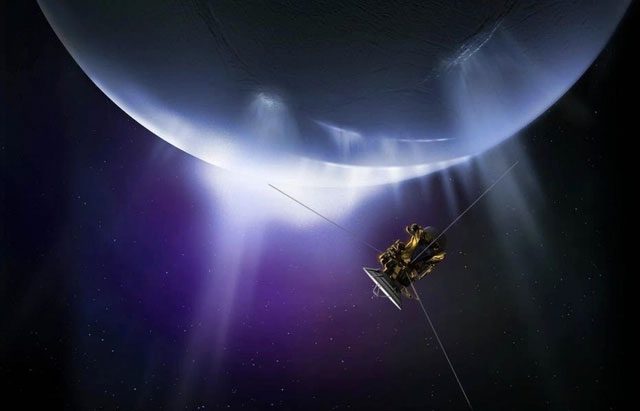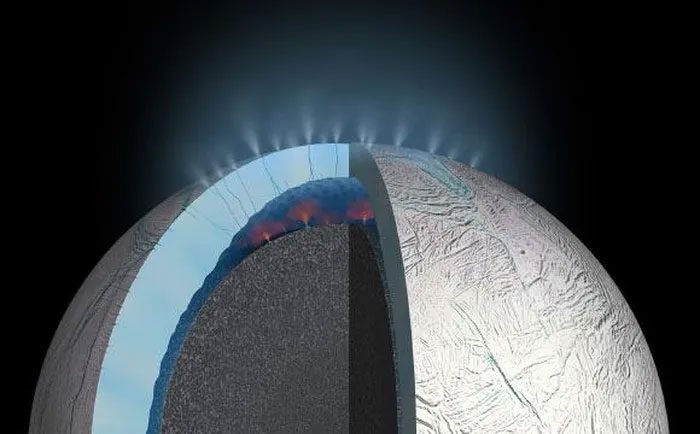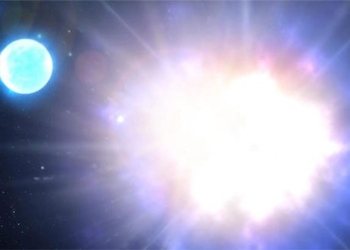Data from the Cassini spacecraft shows that NASA is on the right track in the search for extraterrestrial life.
During its mission to observe Saturn and its moons, which are promising for potential life, Cassini frequently captured cold material jets emerging from Enceladus.

The material jets that the Cassini spacecraft frequently encountered might be a “message” from extraterrestrial life – (Photo: NASA)
Enceladus, named after a giant in Greek mythology, is Saturn’s sixth-largest moon.
The jets of gas, accompanied by water vapor and various other materials, erupt from beneath the icy surface of this moon, providing an opportunity to study the composition of the subsurface ocean.
This value is further enhanced by a recent study published in the Proceedings of the National Academy of Sciences, which proves that these jets contain amino acids.
Amino acids are the fundamental building blocks of life that space scientists have long hoped to find.

Internal structure of Enceladus with a subsurface ocean that may be teeming with extraterrestrial life, ejecting icy jets into space – (Photo: NASA).
Summarizing the research, Sci News reported that scientists from the University of California, San Diego found evidence of amino acids by refining a spectrometer designed to study particle collision dynamics in aerosols.
This allowed them to closely examine the behavior of particles in the jets from Enceladus, ultimately finding evidence of the presence of amino acids.
This new discovery is one of the clearest pieces of evidence for the existence of extraterrestrial life, supporting NASA’s arguments and beliefs.
Although Cassini ended its mission a few years ago by plunging into Saturn’s atmosphere to avoid contaminating the “habitable moons” Enceladus and Titan, subsequent missions are being prepared.
A robot snake is being designed and tested by NASA scientists. In the future, it could be “released” onto Enceladus. This robot snake is designed to navigate complex terrain and burrow deep into icy crevices in search of extraterrestrial life.
In addition to Enceladus, Titan, Saturn’s moon, is also described by NASA as a “second Earth,” with special plans for the future.





















































